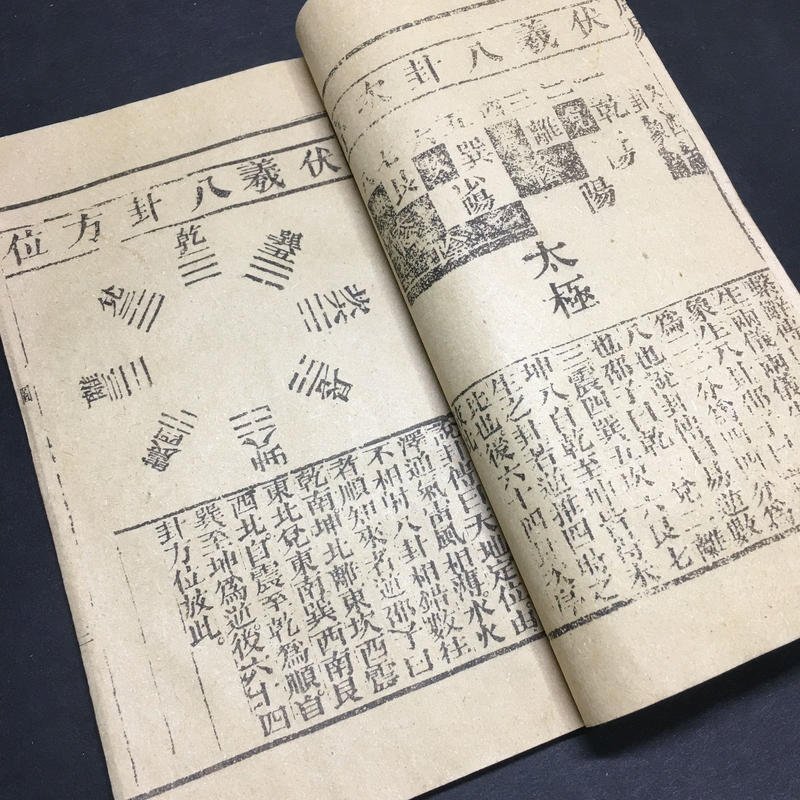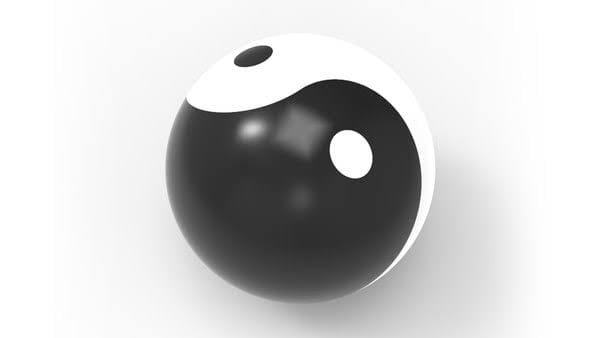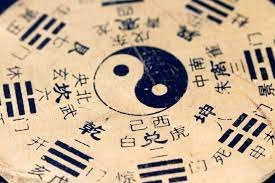Yin and Yang in Tai Chi and Chi Kung Practice

Yin and yang principles
Understanding that Yin and Yang are two opposing and constantly changing principles is the basis for internalizing them in our Tai Chi and Chi Kung practices. From the perspective of this philosophical principle, everything that exists is relative; therefore, there is yin within yang, just as there is yang within yin. Each of these forces has its opposite, albeit potentially, and therefore, they are not absolute.
Both forces generate and consume each other: an increase in yin energy implies a decrease in yang energy, but this is not considered imbalance, but rather part of the vital process. They can be subdivided and transformed infinitely. Yang energy can be split to create yin and yang energy (and the oposite).
Likewise, each of these forces can transform into its opposite. Yin and yang are interdependent, meaning one requires the other to exist. Thus, according to Taoism, yin and yang are present in all things and creatures. They are inseparable, yet distinct. This harmony between yin and yang indicates that there is a path (Tao) that is naturally followed in the universe and is the fundamental basis for the practice of Tai Chi and Chi Kung.
Yin-yang in Tao
Within Taoism, life is lived without blocking the path of things, meaning which "is" must not be obstructed. Every action that goes against the Tao can affect the natural course that things follow.
The idea is to act according to the Tao, that is, through Wu Wei, or 'doing without doing'. This is how people can act without obstructing the Tao, free from any manifestation of self-centeredness. To visualize this, one can think of a great river flowing toward the sea. If one were to swim across, going against the current, which is the natural flow of things (Tao), there would be a huge expenditure of energy, as well as a great risk to life. On the other hand, if one follows the flow of the river, the action of crossing little by little by swimming with the current allows less energy to be expended. This means letting the river "be" and acting 'without doing' (Wu wei), preserving natural harmony.
What do Yin and Yang represent?

Within Taoism and classical Chinese thought, the harmony between the two is the natural cyclical reality. For example, following the daily cycle, most of the activities that require using big amount of energy are carried out during the day. It is therefore the moment in which yang manifests. At night, when sunlight decreases and temperatures drop, activities also tend to decrease. It is the time when people rest inside their homes, which represents yin.
Thus yin represents the passive and yang the active. This union ensures the balance of the universe. It could be said that yin and yang express their meaning precisely because they are complementary. This dynamic is manifested through the qi (chi), the 'life force' that flows in the universe.
Yin/ Yang, Tai Chi and Chi Kung
Many of the practices of both Taichi and Chikung have their roots in classical Chinese philosophy and Taoism, so their theoretical and practical foundations are based on the principle of complementarity of the opposites yin/yang.
In our Taichi and Chikung classes these philosophical principles are considered within both disciplines and are perceived, for example, in the changes between empty (yin) and plenty (yang) produced by the shifting of weight from one leg to the other. They are also seen in the expression of expansion (yang) and contraction (yin).
Incorporating these fundamental principles of Tai Chi and Chi Kung practice become necessary to understand and develop internal work that these two disciplines propose. To do this, we carry out a specific work out, through exercises where we focus on the perception of these internal movements that little by little are expressed naturally in practice.


